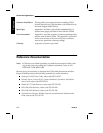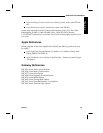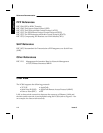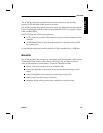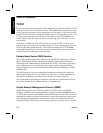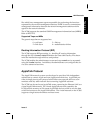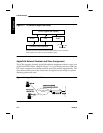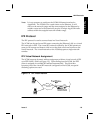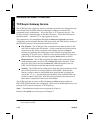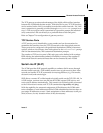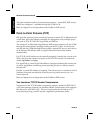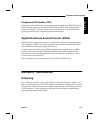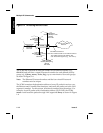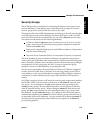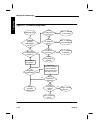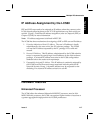
Features
Remote Access Protocols
TCP/Async Gateway Service
The LCS60 provides a gateway service such that a terminal user connected to the
data switch network either directly or through a modem can reach LAN-
connected hosts/workstations – this is the async-to-TCP gateway service. The
LCS60 provides communication in the other direction – from the LAN-host to
the data switch – with the TCP-to-async gateway service.
This connectivity is accomplished through the telnet and tcpsock commands
which allow communication between the data switch and LAN-host by means of
the TELNET protocol. Some features of this service are:
File Transfer. The LCS60 provides a mechanism for data switch to LAN
and LAN to data switch file transfer. A host connected to the data switch
network or to the LAN can initiate a file transfer (such as a uucp file
transfer) by including the dialstring for the LCS60 in its system files and
requesting TCP socket service. Both services provide an 8-bit TCP pipe as a
path for large file transfers; this pipe bypasses telnet which is slower.
Break character. The LCS60 recognizes the data-switch connected user’s
break character and converts it into a telnet IAC break character. From
the LAN, the LCS60 converts the telnet IAC BREAK sequence into an
URP* Level-D break toward the data switch connection.
Security. The LCS60 can be configured to drop the telnet connection if the
host to which the user is trying to telnet is unavailable. Without this
feature, trying to reach an unavailable host would result in putting the
user at the telnet> prompt and could possibly allow unauthorized con-
nection to other LAN hosts. With this security feature, the connection is
taken down completely if the host is unavailable.
The LCS60 provides as many as 500 simultaneous telnet sessions (when no
PPP/SLIP/ARAP sessions are configured), which may be distributed in any way
between TCP-to-async and async-to-TCP sessions.
Note: Simultaneous sessions are not necessarily all active.
Details of the telnet service are given in Chapter 7.
* Refer to the CommKit Internal Interface Specification for details of the Universal Re-
ceiver Protocol (URP).
1-10 Issue 3



